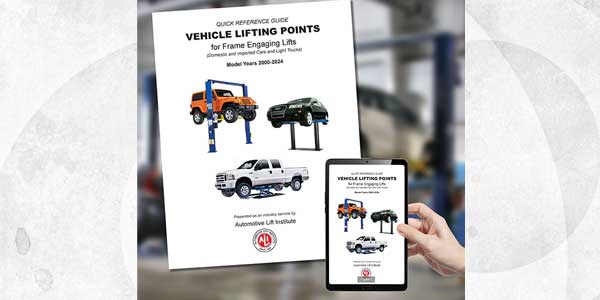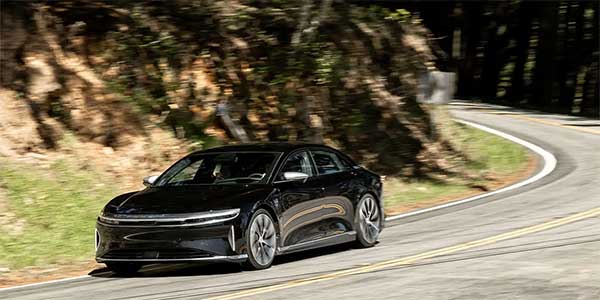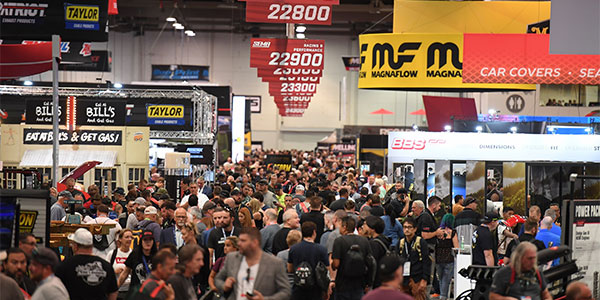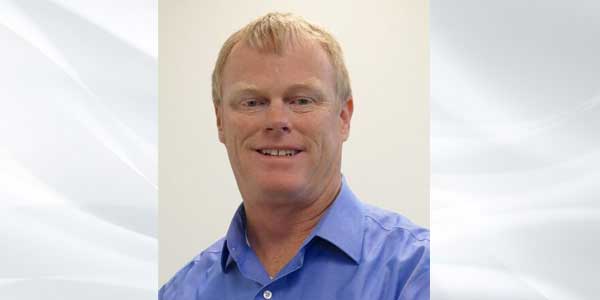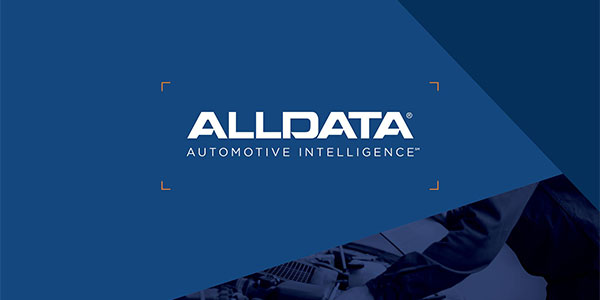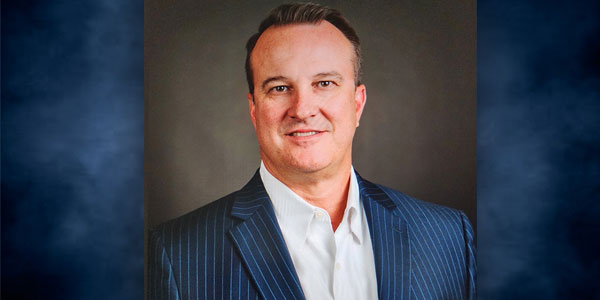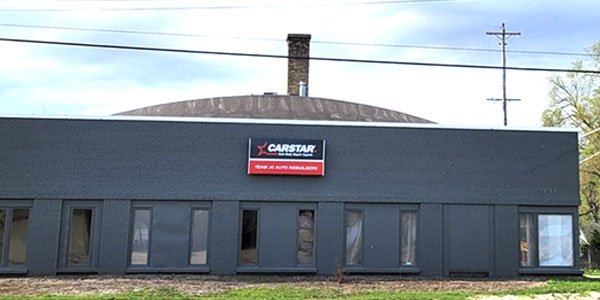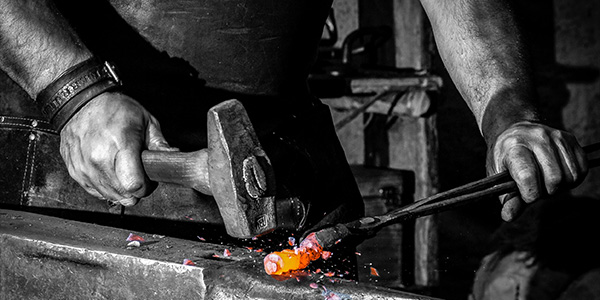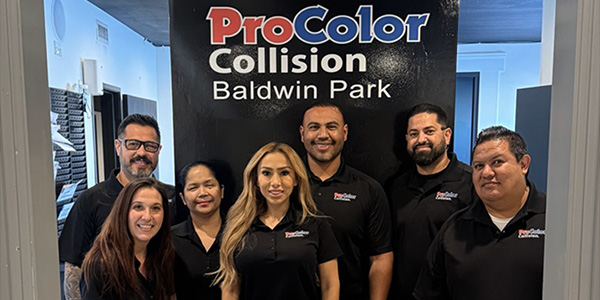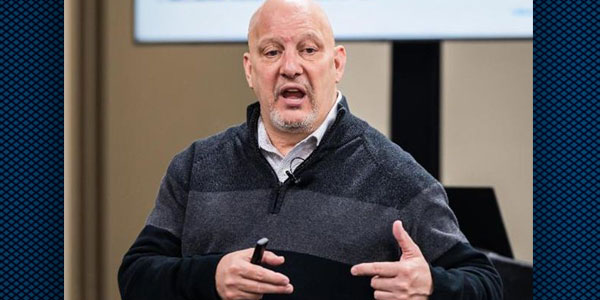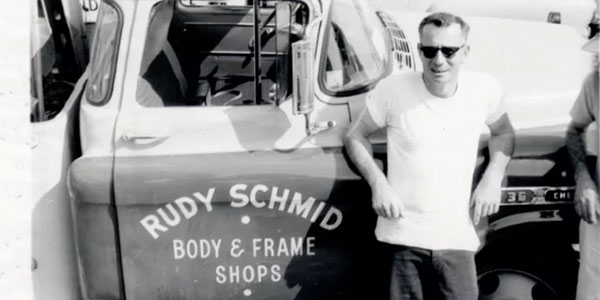Consumers in California may now be able to recover both the costs of repair plus the loss in value to their damaged automobiles now that California Jury Instruction 3903J has been made consistent with California Civil Code Section 3333 and consistent with the laws of the State of California. The law did not change, only the jury instruction to comply with the law.
For 13 years, Attorney Montie S. Day claims insurers, as well as the trial courts under the guidelines of the California Supreme Court, have used California Jury Instruction 3903J to improperly deny and reduce proper damage claims, particularly claims for automobile damage, to the tune of $3 to $4 billion per year, he estimates. Furthermore, Day states that the use of this Jury Instruction has resulted in “repairing” vehicles not safe to return to roadways. The result, he claims, has been loss of life and limb over the years.
Before this correction, California Jury Instruction 3903J read:
To recover damages for harm to personal property, [ name of plaintiff ] must prove the reduction in the [ item of personal property ]’s value or the reasonable cost of repairing it, whichever is less. [If there is evidence of both, [name of plaintiff ] is entitled to the lesser of the two amounts.]” (emphasis added)
Under this “old” instruction, juries were instructed that a plaintiff or claimant could not recover or be awarded, by the courts, both the costs of repair plus the loss of value.
The new wording of this Jury Instruction now reads:
To recover damages for harm to personal property, [name of plaintiff] must prove the reduction in the [item of personal property e.g, automobile]’s value or the reasonable cost of repairing it, whichever is less. [If there is evidence of both, [name of plaintiff 1 is entitled to the lesser of the two amounts.] [However, if you find that the [e.g.. automobile] can be repaired, but after repairs it will be worth less than it was before the harm, the damages are (1) the difference between its value before the harm and its lesser value after the repairs have been made plus (2) the reasonable cost of making the repairs. The total amount awarded may not exceed the[ e.g., automobile]’s value before the harm occurred.] (Emphasis added)
Day laid out an example: assume a vehicle with a pre-wreck replacement value of $40,000 is damaged in an accident. The estimated cost of repair is $30,000. Assume the vehicle’s post-wreck value is $16,000 after repairs. This means that the owner could sell the auto for only $16,000 and would thus sustain a loss of $24,000. And if the owner still owes, say, $35,000 on the car loan, the loan would still need to be paid. Under the new Jury Instruction, insurers would be required to compensate the owner for both the repairs and the loss in value: $24,000.
Examples of the loss of lives to the public and citizens resulting from the repair of vehicles which should have been totaled was also brought to the Supreme Court Judicial Council’s attention in Day’s efforts to obtain modification of the erroneous jury instruction.
“Money and even vehicles can be replaced, but lives cannot,” said Day.
Day was the one who discovered that the old wording of California Jury Instruction 3903J gave rise to erroneous interpretations of California Civil Code Section 3333 and alerted the California Supreme Court’s Judicial Council undertaking this battle for the change of the jury instruction. According to Day, the Council’s official report included a candid acknowledgement that the Council was at first “perplexed” that the old Jury Instruction language could have possibly been construed to deny recovery of both costs of repair and diminished value.
The Supreme Court Judicial Council’s official committee report states: “The committee now believes that its proposed revised language (to CACI Jury Instruction 3903J) is not just a minor clarification, but an important revision.”
“I did not and do not expect the insurance industry to sit passively by, and neither will I,” said Day. “This is just one aspect of the battle but it is perhaps a major victory to benefit the public and citizens of the State of California.”


